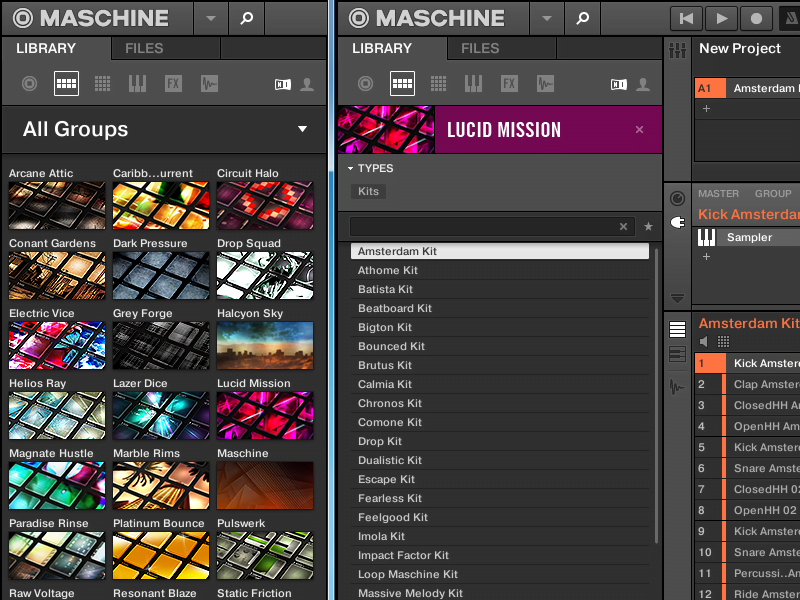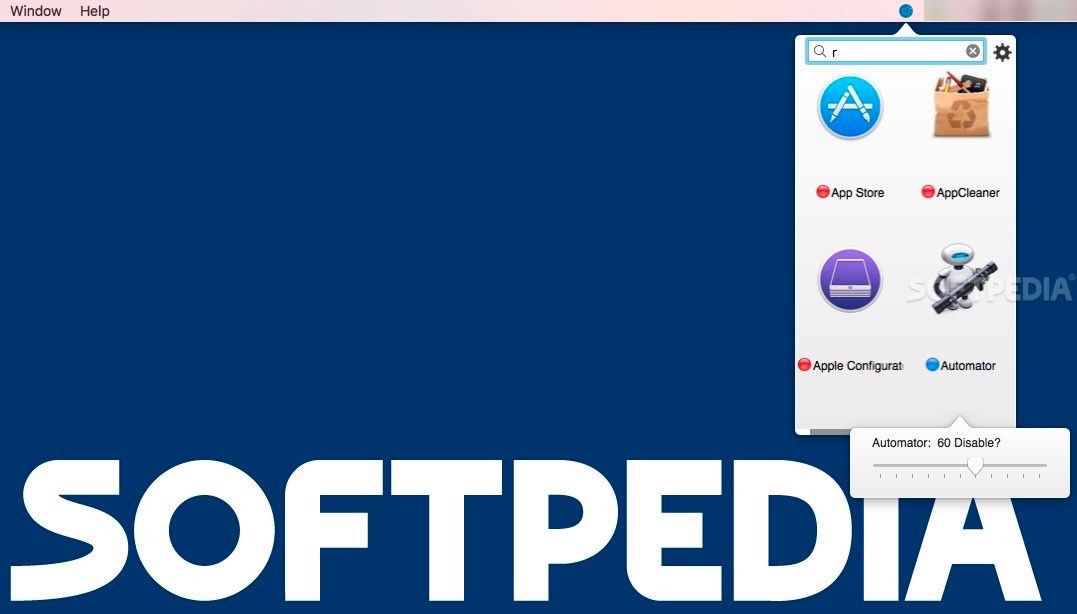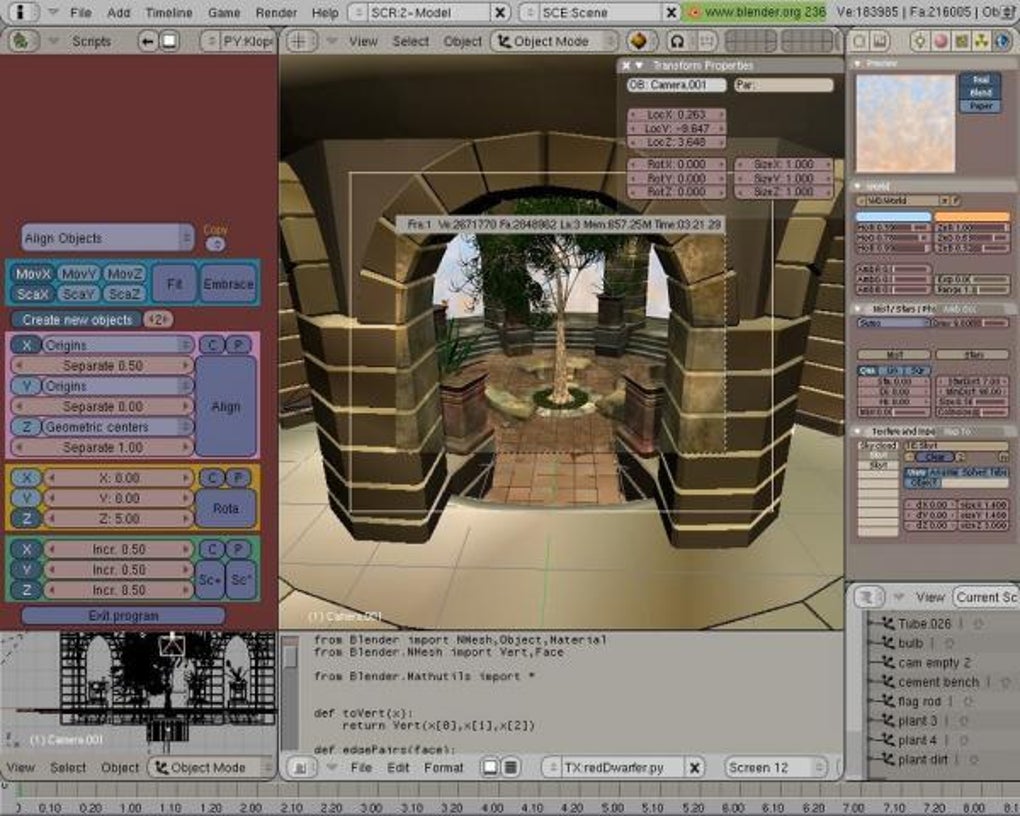Free Audio Equalizer for macOS. Download Take a tour. By Downloading and installing eqMac you automatically agree to our Terms and Conditions. 600k+ Downloads 50k. The latest version of Sound Studio is 4.9 on Mac Informer. It is a perfect match for Music Production in the Audio & Video category. The app is developed by Felt Tip and its user rating is 3.5 out of 5.
Frequently asked questions:

If if you feel like your audio hardware (headphones, speaker) does not have enough Bass (low frequency) punch, or vice versa, you can adjust that using eqMac.
Watch THIS VIDEO for a better explanation.
Mac Os Sound Effects
Press the Download button on the home page.
Open the downloaded eqMac.dmg file (if you accidentally closed the window you can always reopen it by Finding it as a Drive in your Finder).
Drag the eqMac app into Applications directory.
Open eqMac.app from you Applications directory.
The way eqMac works it needs to install an Audio Driver, to do that it needs your system password.
The app never sees your password as it uses secure Apple API to perform the install.

macOS does not have direct way to access the System Audio stream, so we use the eqMac Audio driver to divert the system audio to the drivers input stream.
Then eqMac captures that input audio stream, processses it and sends it directly to the output device.
Sometimes there are synching issues, try to switch away from eqMac audio device to your preferred output device and eqMac should restart the audio pipeline.
Alternatively, you can try to restart eqMac, that should help as well
Mac Os Startup Sound Download
The proper way to uninstall eqMac is to click the 'Uninstall' button in eqMac Settings section.
That will run a script to uninstall the app and the driver properly.
If for whatever reason you cannot run eqMac, to uninstall the driver you can run this command in Terminal:
You can create Aggregate Device to increase the number audio inputs and outputs available at the same time. You can also use an Aggregate Device if your application doesn't support separate input and output devices.
With Logic Pro, GarageBand, and MainStage, you can use a separate device for input and output. For example, you can use a USB microphone for input and the headphone jack of your Mac for output. Some applications not manufactured by Apple don't support separate input and output devices.
Set up an Aggregate Device
Mac Os Sound Pack

When you create an Aggregate Device, make sure to connect all external audio interfaces first.
- From the Finder, choose Go > Utilities. Open the Audio MIDI Setup application.
- Click the Add (+) button on the bottom-left corner in the Audio Devices window and chose Create Aggregate Device.
- A new Aggregate Device appears in the list on the left side of the window. To rename the device, double-click it.
- With the new Aggregate Device selected, enable the checkbox labeled 'Use' on the left side of the Audio Devices window. Do this for each device you want to include in the Aggregate Device. The order in which you check the boxes determines the order of the inputs and outputs in applications like Logic Pro and MainStage. For example, the first box you checked will be inputs one and two, the second box checked will be three and four, and so on.
The list on the right shows the currently connected audio devices and the number of input and output channels for each one.
- To use the clock of a device as the master clock for all the combined devices, choose the device from the Clock Source menu of the Aggregate Device. Choose the device with the most reliable clock.
- If your audio devices all work with word clock, connect them together using a word clock cable. Connect the cable from the device you designated as Clock Source to the input of each other device. Refer to your audio device product documentation for specific details.
- If any of your devices don't work with word clock, select the Drift Correction checkbox for any devices not designated clock master.
Use an Aggregate Device with Apple music creation software

- Open your application.
- Do the following depending on the application you're using:
- For Logic Pro, choose Logic Pro X > Preferences > Audio, then select Devices.
- For GarageBand, choose GarageBand > Preferences > Audio.
- For MainStage, choose MainStage > Preferences > Audio.
- Choose the Aggregate Device from the Output Device pop-up menu. Logic Pro and GarageBand automatically set the Input Device to the match the selected output device, which you can change if you want to use a different input device. In MainStage, you must manually select the input device.
- In Logic Pro and MainStage, click Apply Changes.
GarageBand automatically switches to the new input device.
Use the Aggregate Device as the sound output of your Mac
When you set the Aggregate Device as the sound output for your Mac, sounds from other apps on your Mac play through the Aggregate Device. The Aggregate Device also becomes the System Setting option in the Output and Input Device menus of your Apple music creation apps.
Mac Os Sounds Download
- From the Finder, choose Go > Utilities. Open Audio MIDI Setup.
- Control-click the Aggregate Device in the left column, then choose 'Use this device for sound output' or 'Use this device for sound input.'
